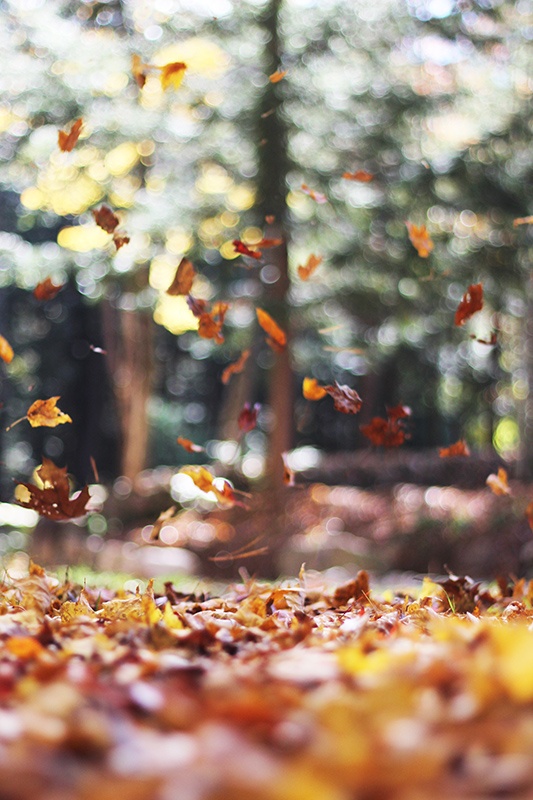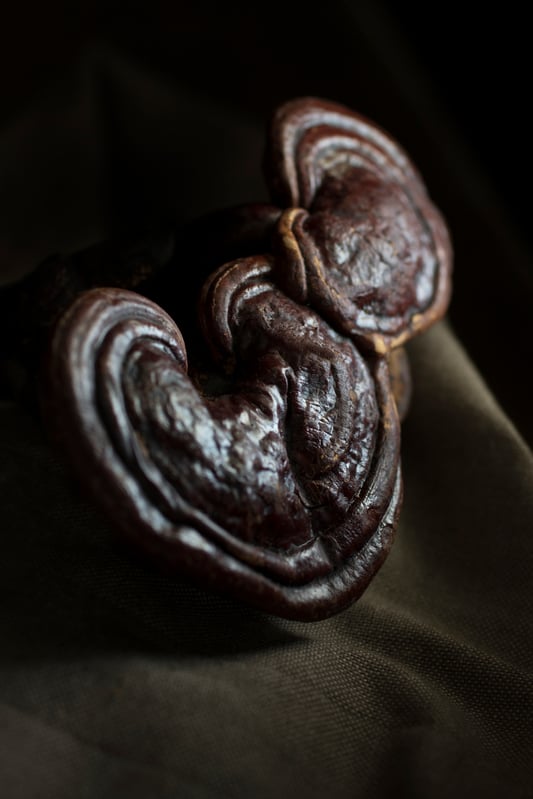Fall is my favorite time of year. We find more time to spend with family and friends, indulge in lovingly-prepared meals that feature the abundance of the harvest, and light the first warm, cozy fires of the season. For me, the focus on the harvest extends beyond food and crops: we also gather community, stories of summer, projects, and hopes for the coming year.
As an herbalist, I collect the moments of connection I’ve had with plants since they re-awakened in spring—walks in the deep forest, the unexpected ally in an unfamiliar land, new friends made, nuanced experiences of flavor, and the shifts along the way. Perhaps this is why I love this time so much. It is an opportunity to reaffirm connection, gather the alignments and alliances that have grown richer over the summer months, and renew my faith in the plant connection that drives me. So much happened over the summer, but fall gives us a chance to acknowledge, internalize, and express gratitude for it all. This is a time when power is in the air, a richness and abundance we can harness if we stop to do it mindfully.
Compare this to spring, another time of rushing, powerful energies. Spring is an untwisting, a wielding, a projecting of power, when we expand outward into the new sun and green. But fall’s power goes deeper, it is rooted underground, and without it we would have no substance to burst forth with in spring. It is like any creative act. The blossoming of a new idea is beautiful and ecstatic, but it could not happen without first gathering resources and allowing for a long period of steeping. Fall is the perfect time to gather, refocus, and renew, before winter’s crystallization. Then, over the cold months, we can keep our sense of purpose, savor our stores, and retell our stories.
This is, of course, precisely what the plants are doing during this time. While in spring we focus on greens, with their upward-moving vital vibrancy, in fall we turn our attention to the roots where plants have been storing nutrients and immune-active starches all summer long—stories of their season of growth, stores for their winter months. Many of these starchy roots, from dandelion, to burdock, chicory, yellow dock, angelica, and Oregon grape, are centerpieces of the bitters we blend for support during the holiday season. Gather these roots, or save them if you’re weeding your garden. They can be chopped and roasted over a low heat in a cast-iron pan, ready to brew into a rich and satisfying tea on cold mornings. Or they can be steeped, perhaps with a little ginger or cardamom, in spirits to make incredible aperitifs that support digestion and dampen our tendency to overeat (especially during the holidays).
Other gifts of the fall harvest include roots that are less bitter, but no less precious. They help to support healthy immune function, ensuring wellness and good health during the coming winter months. These include time-honored tonics such as astragalus or codonopsis, rich and sweet and nourishing, as well as mushrooms (often flushing out in late fall, along hemlock logs or at the feet of maple trees): reishi, turkey tail, and maitake are just some that can be found this time of year. Simmered in soup stock, or extracted into spirits, their chemistry moves through the gut, ensuring it’s awake, active, engaged, and functioning optimally.
We have an amazing opportunity to join with and have gratitude for plants during this time of gathering, by bringing bitters and immune-active herbs and mushrooms into our lives again. As we do so, we reaffirm our practice, our connection, and our relationship to these plants. As we do so, we bring in the joyful stories of summer and renew our sense of purpose for winter. As we do so, we experience all the health benefits of this age-old ritual. But the physiologic benefits these plants offer are almost just “side effects”: the true, deep benefit is the reinforcement of our practice. We are herbalists, we think about plants every day, and we can bring plants into the daily lives of our loved ones, too. Our bond is strong. And fall is the perfect time to strengthen it.
Inspired to make your own bitters? Try this recipe:














